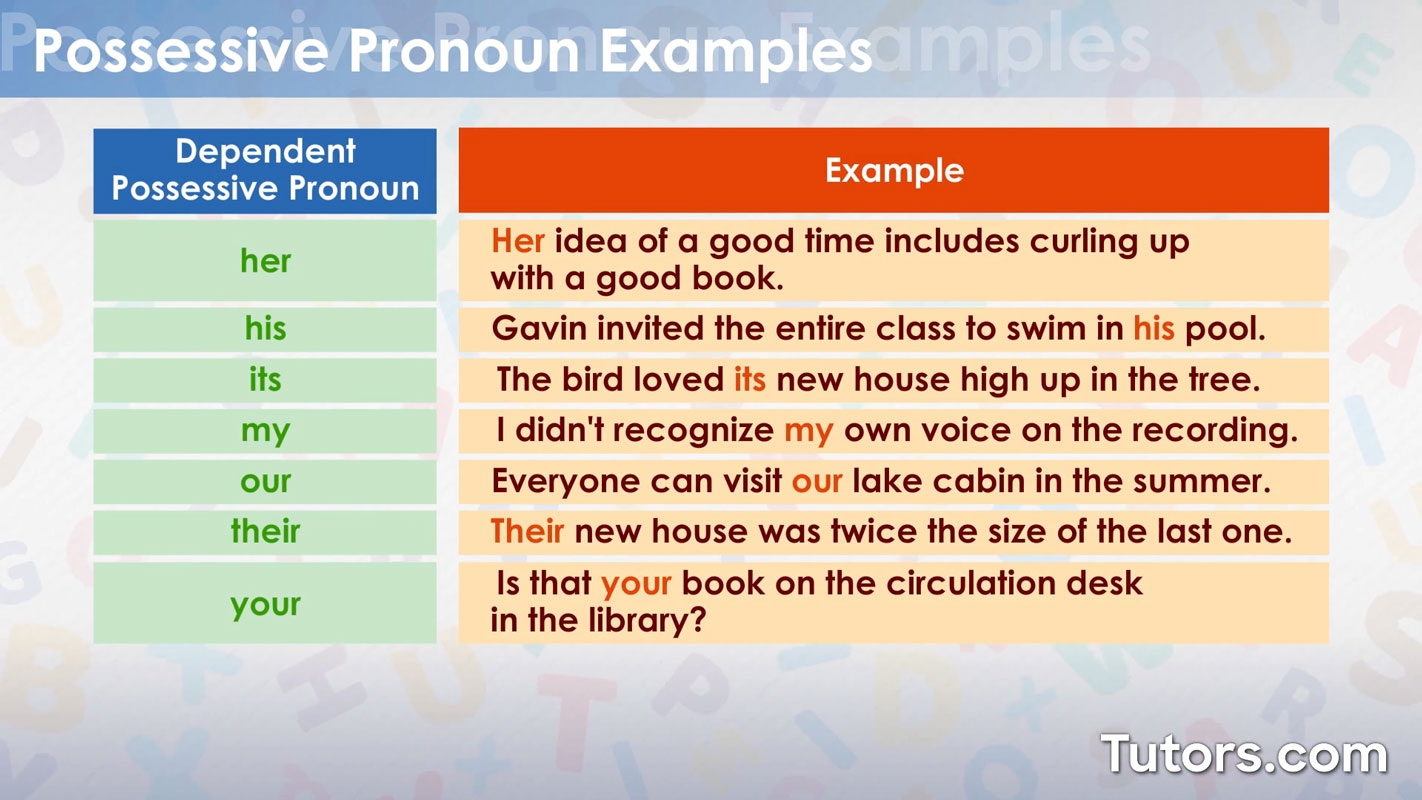Plural possessives are used to show that more than one person or thing owns or possesses something. In English grammar, plural possessives are formed by adding an apostrophe (‘) after the plural noun, followed by the letter “s”. For example, “The students’ books” indicates that the books belong to more than one student.
Understanding how to use plural possessives correctly is important in writing and communication. It helps to clarify ownership and relationships between multiple subjects. Let’s explore some examples of plural possessives to better grasp their usage.
Examples of Plural Possessives:
1. The dogs’ leashes were tangled together.
2. The teachers’ desks were cluttered with papers and books.
3. The children’s toys were scattered all over the room.
4. The employees’ uniforms needed to be cleaned and pressed.
5. The students’ backpacks were left in the hallway.
Plural possessives are also used with irregular plural nouns, such as “children”, “men”, and “women”. For these nouns, the apostrophe is placed after the plural form without adding an extra “s”. For example, “The children’s playground” and “The women’s restroom” demonstrate possessive forms of irregular plural nouns.
It’s important to remember that plural possessives are not the same as plural nouns. Plural nouns refer to more than one person or thing, while plural possessives indicate ownership or relationship. Using plural possessives correctly can enhance the clarity and precision of your writing.
In conclusion, mastering the usage of plural possessives is essential for effective communication. By understanding how to form and use plural possessives in sentences, you can convey relationships and ownership accurately. Practice incorporating plural possessives in your writing to improve your grammar skills and convey your ideas more effectively.
